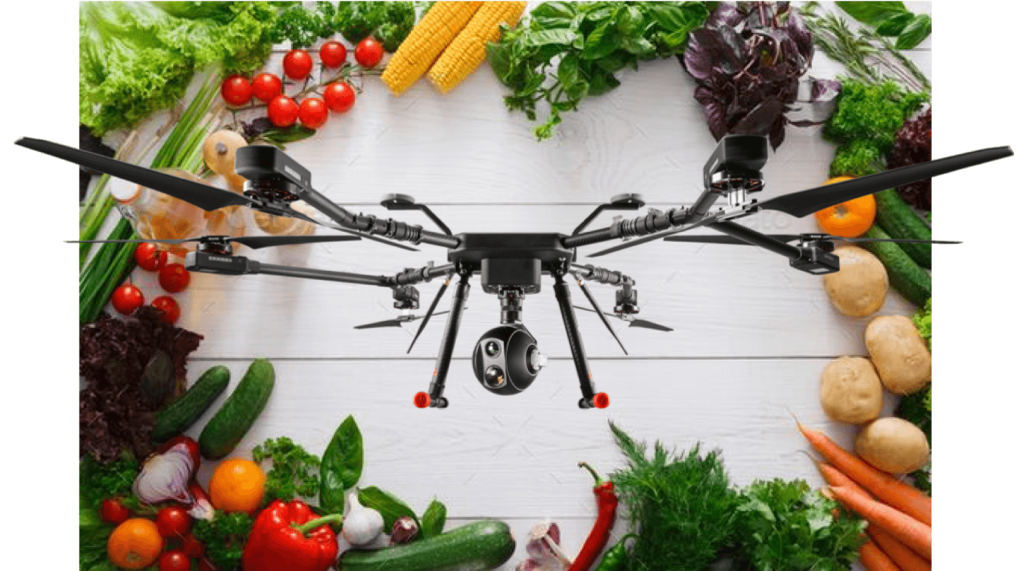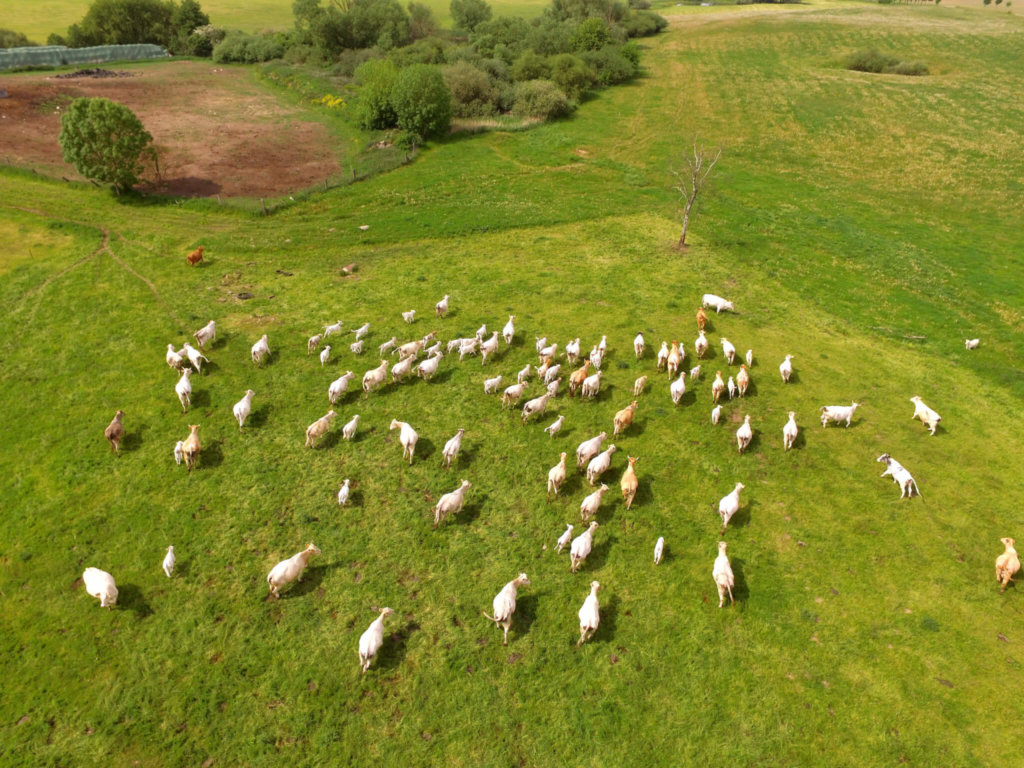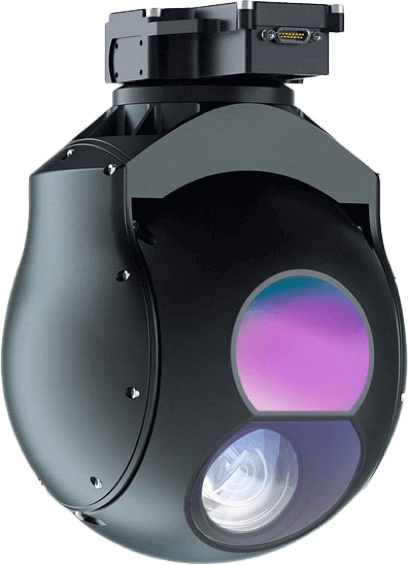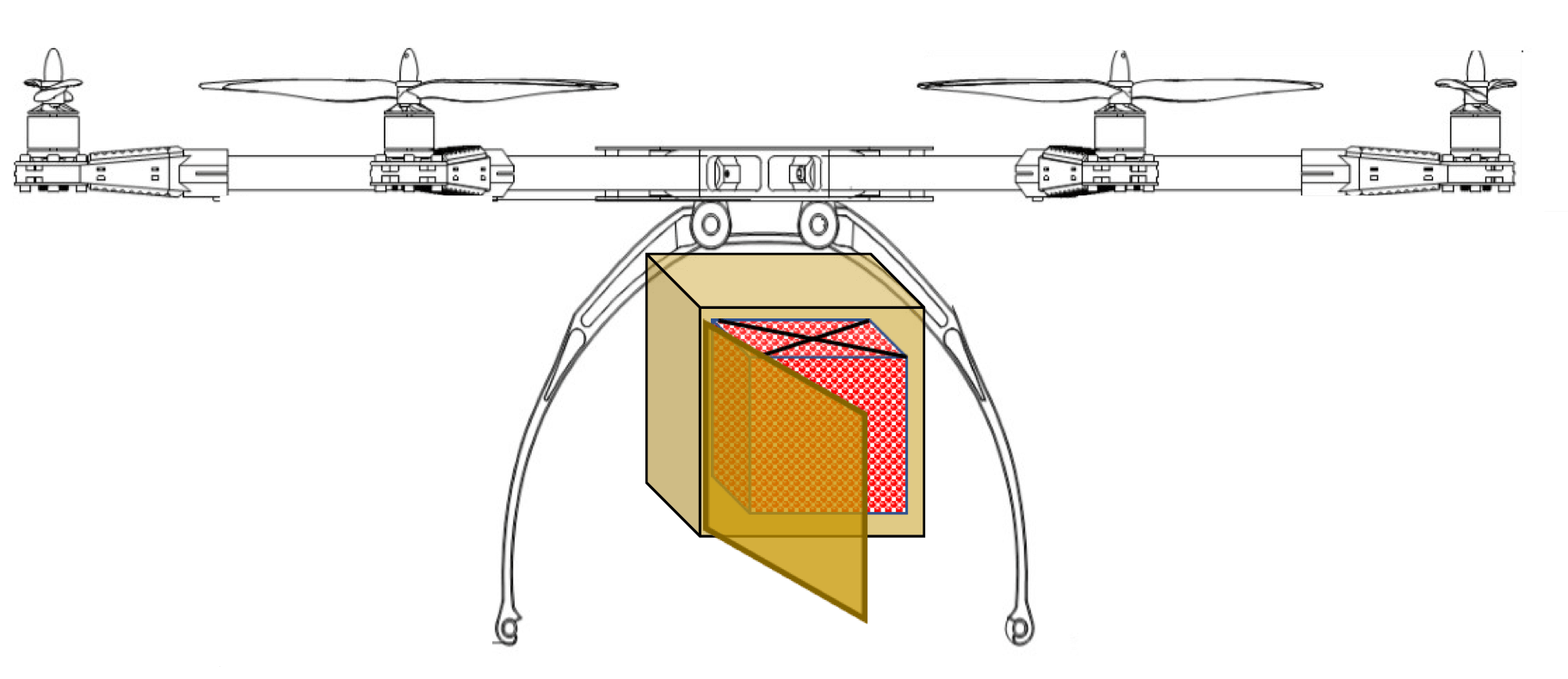THE SECRETS TO BUILDING AN EXTRA LONG RANGE DRONE (QUADCOPTER).
A recipe for a long range drone DIY enthusiasts.
When it comes to UAVs, Quadcopter or Fixed-Wings, the Holy Grail has always been: HOW LONG CAN YOUR DRONE FLY?
And for good reason:
The further drones can fly, the more cost-effective with better ROI the drone solution becomes. Less time is spent on transitioning from battery to another and the range and reach of the sensor payload improves in a single mission. Access to remote areas are now less dependent on launching sites in close proximity. To incidents in remote locations also improves dramatically. (Read more here..)
Niche market
Only a few manufacturers have perfected the art of optimizing available technologies to achieve maximum Long Range Quadcopter flight times. Airborne Drones shares its secrets of how to build its highly successful, long range, dual sensor ATLAS-T quadcopter.

STEP 1.) EVERYTHING STARTS WITH THE RIGHT BATTERY.
(Tip: Use Panasonic NCR cells. They are also used in Tesla motor vehicles)
Note: A lithium ion battery (Li-Ion) is a high energy density battery that is widely used in the portable equipment market. It uses lithium metallic oxide in its positive electrode (cathode) and carbon material in its negative electrode (anode), and the lithium ions inside the battery transfer between the positive electrode and the negative electrode during charge or discharge.
STEP 2.) THE NEXT STEP IS TO ADD THE APPROPRIATE AIRFRAME DESIGN.
(Tip1: Use the latest Additive Manufacturing technologies to build the airframe.)
(Tip2: Make sure you your airframe draws less than 35amps.)
Note: Additive Manufacturing allows that lightest, most intricate designs when weight is a premium.
STEP 3.) FOLLOW THIS UP CAREFULLY SETUP ANTENNA BRANCHES.
(Tip: Use circle polarized antennas.)
Note1: The advantage of circular polarized antennas is their ability to reject multipath interference.
- Multipath interference is the most common reason for bad video quality, in the form of random color change, static, scrambled image and drop-outs. It happens when the signal is reflected from object and gets distorted with phase delay, and it interferes with the main signal.
Note2: Circular polarization is ideal for:
- When flying close to large objects such as trees, buildings, or in enclosed environment such as car parks and stadiums
- Acrobatic flying where the aircraft orientation and angle are constantly changing
- Low altitude flying (proximity flying)
STEP 4.) ADDING THE MODEM ROUNDS OFF THE COMMUNICATION SYSTEM
(Tip1: Acquire a military grade modem. This is not easy.)
(Tip2: Use a ubiquity modem to get the required range.)
Note: Your long range platform will need a high end networking solution that will provide sufficient bandwidth and secure connection.
STEP 5.) SPICE UP YOUR LONG RANGE DRONE WITH THE PERFECT MOTORS
(Tip1: Use low KV motors)
(Tip2: Use large propellers)
Note1: This is important because a lower KV motor will suit larger quadcopters better
Note2: Next you should find out what is the largest propeller you can fit on that model. Larger props are usually better from efficiency point of view
STEP 6.) FINALLY, ADD THE GIMBAL.
(Tip: Find a gimbal that weighs less than 1 kg.)
Note: The icing on the cakes with drones are the gimbals that had to be developed to integrate the large variety of sensor/actuator payloads onto this long range platform to achieve the desired benefits.
This Long Range Drone recipe is perfect for:
-
-
- Long Range Inspection
- Wildlife and Game management
- Any Long Range Application That May Require ‘Point Of Interest’ Observation.
-
Also read about Muti UAV solutions here…

Or just try the Airborne Drones ATLAS-T: Read more here..










